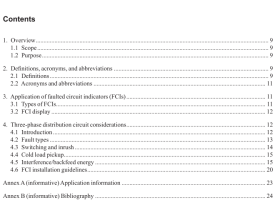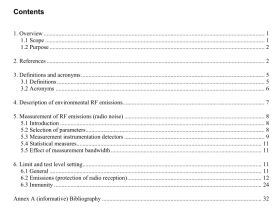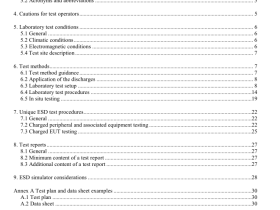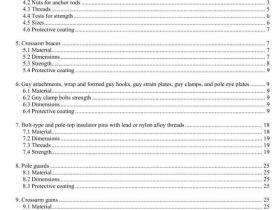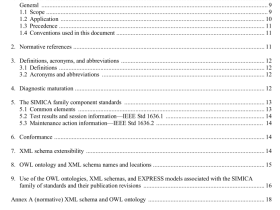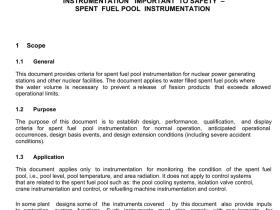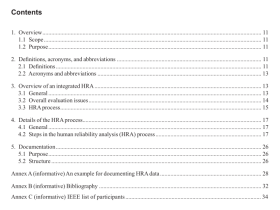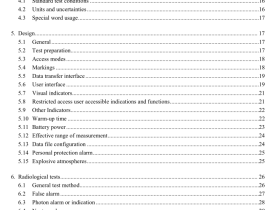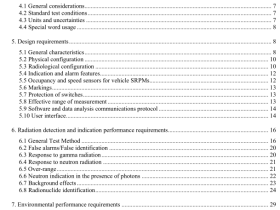IEEE Std 2657 pdf download
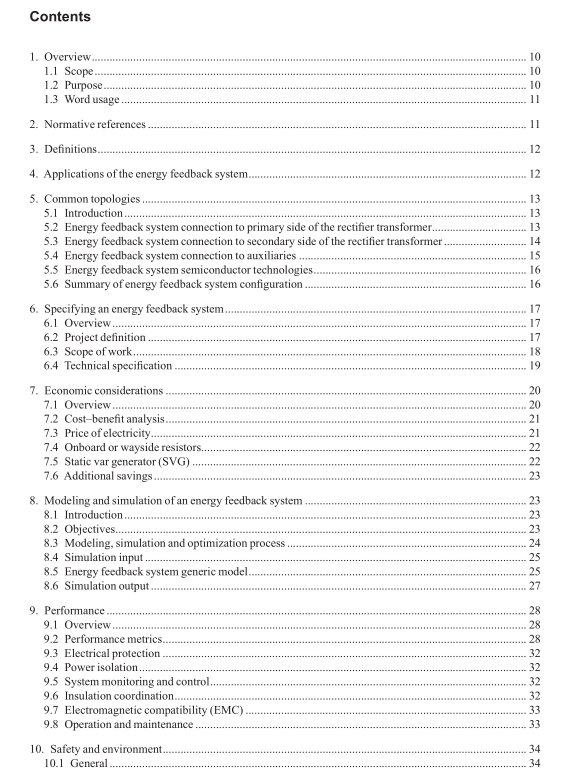
IEEE Std 2657 pdf download IEEE Guide for Energy Feedback System for DC Tracton Power Supply System
1.3 Word usage
The word shall indicates mandatory requirements strictly to be followed in order to conform to the standardand from which no deviation is permitted (shall equals is required to).2-3
The word should indicates that among several possibilities one is recommended as particularly suitable,without mentioning or excluding others; or that a certain course of action is preferred but not necessarilyrequired (should equals is recommended that).
The word may is used to indicate a course of action permissible within the limits of the standard (may equalsis permitted to).
The word can is used for statements of possibility and capability, whether material, physical, or causal (canequals is able to).
2. Normative references
The following referenced documents are indispensable for the application of this document(i.e., they mustbe understood and used, so each referenced document is cited in text and its relationship to this document isexplained).For dated references, only the edition cited applies.For undated references, the latest edition of thereferenced document (including any amendments or corrigenda) applies.
ANSLIEC60529-2004 Degrees of protection provided by enclosures(IP Code)(identical national adoption).+.5IEC 60850, Railway Applications—Supply Voltages of’Traction Systems.
IEC 62236-5,Railway Applications—Electromagnctic Compatibility.
IEC 62497-1,Railway Applications—Insulation Coordination—Part l Basic requirements—Clearances andcreepage distances for all electrical and electric equipment.
IEC 62590 Railway applications—Fixed installations—Electronic power converters for substations.IEC 62749,Asscssment of power quality-characteristics of electricity supplied by public networks.
IEC 62924,Railway applications—Fixed installations—Stationary energy storage system for dc tractionsystems.
IEEE Std 519TM-2014,IEEE Recommended Practice and Requirements for Harmonic Control in ElectricPower Systems.6.7
IEEE Std 1653.3TM,IEEE Guide for Rail Transit Traction Power Systems Modeling.
IEEE Std 1662TM-2016,IEEE Recommended Practice for the Design and Application of PowerElectronics inElectrical Power Systems.
IEEE Std 1887TM-2017,IEEE Guide for Wayside Energy Storage Systems for DCTraction Applications.
3. Definitions
For the purposes of this document, the following terms and definitions apply. The IEEE Standards DictionaryOnline should be consulted for terms not defined in this clause.3
energy feedback system(EFS):An inverter system that recovers regenerative braking energy from the dctraction power supply system to the ac distribution system. It includes transformer, auxiliary devices such astransfer switches, alternate source transformers, regulators, isolation devices, and so on.
4.Applications of the energy feedback system
The main objective of the EFS is to recover regenerative braking energy that is not absorbed by other vehiclesand to feed it back into the upstream distribution network. The receptivity level that can be reached for agiven dc railway system will depend on its own characteristics and design criteria.To comply with the energyregeneration objective, review the following steps:
The recovery of energy in inverter mode should be possible between a minimum voltage and maximumvoltage, and should take into account the limited duration.
A priority should be given to energy exchange between trains (and their auxiliaries) in order to helpcapture energy that can be utilized on the dc network.
Circulation of energy between rectifier and inverter in the substation or between adjacent substationsshould be controlled.
For a combination of controlled rectifier and inverter, it is recommended that voltage settings arecoordinated to respond to rapid changes in power flow and help any traction and braking gaps.
EFS may provide side functions such as follows:
Voltage boost mode allows for boosting dc traction voltage; in this mode, the inverter functions as therectifier but without overload capacity.
Reactive power compensation mode allows for compensating reactive power upon an overridingcontrol system request.
Harmonic compensation mode allows for helping harmonics to achieve conformity with the referenceregulations and standards.
Only one EFS operating mode may be active at any given time.
Transitions between energy feedback mode and other modes should not affect the electric braking performance of the trains.
